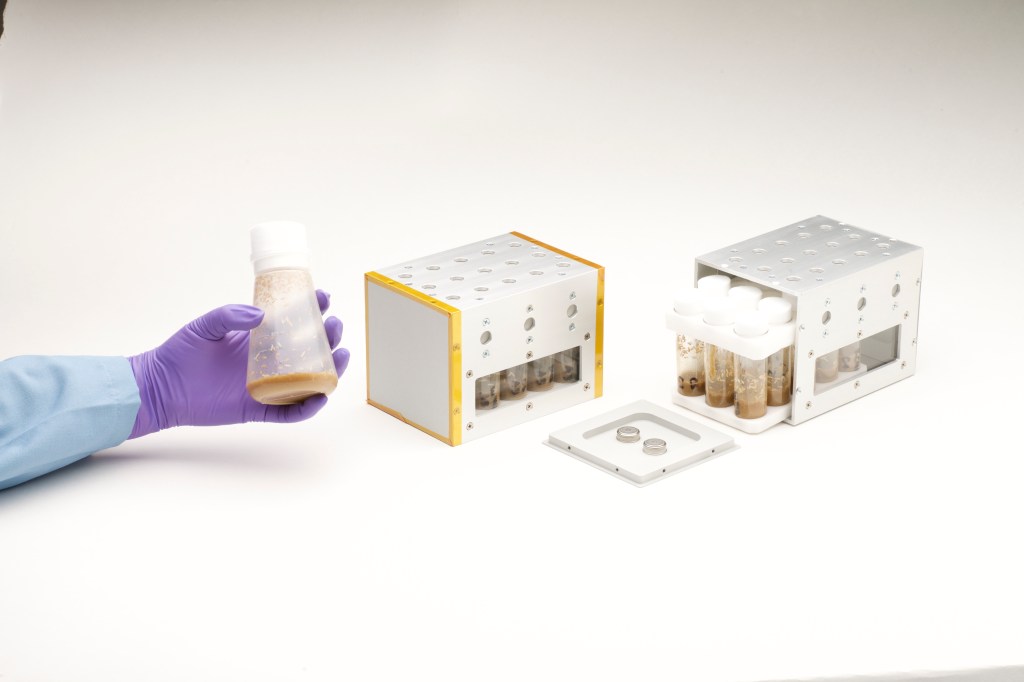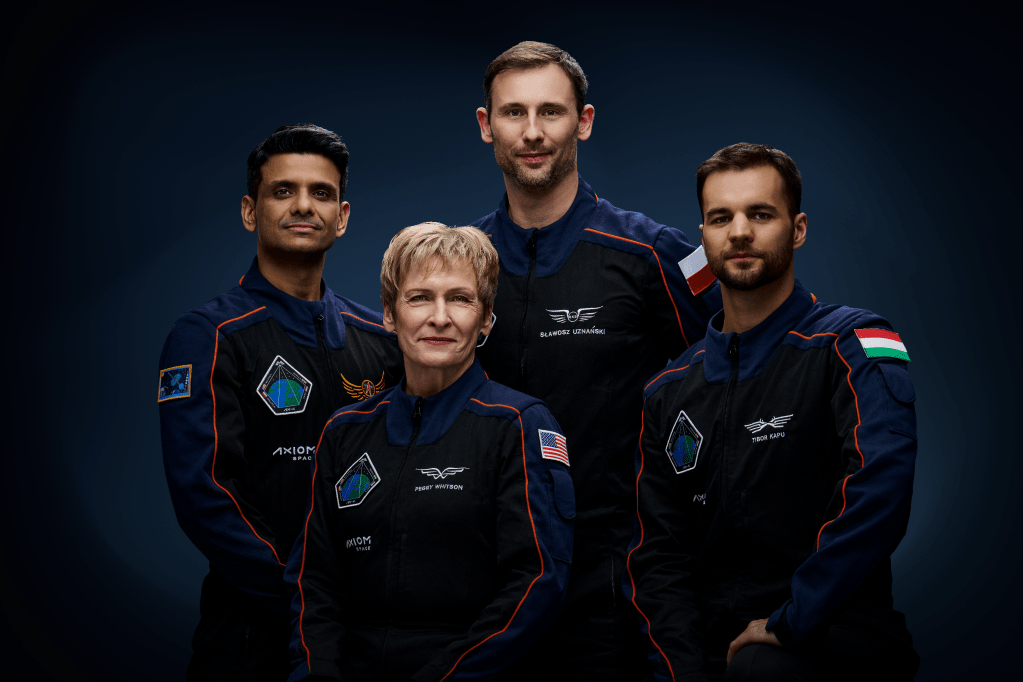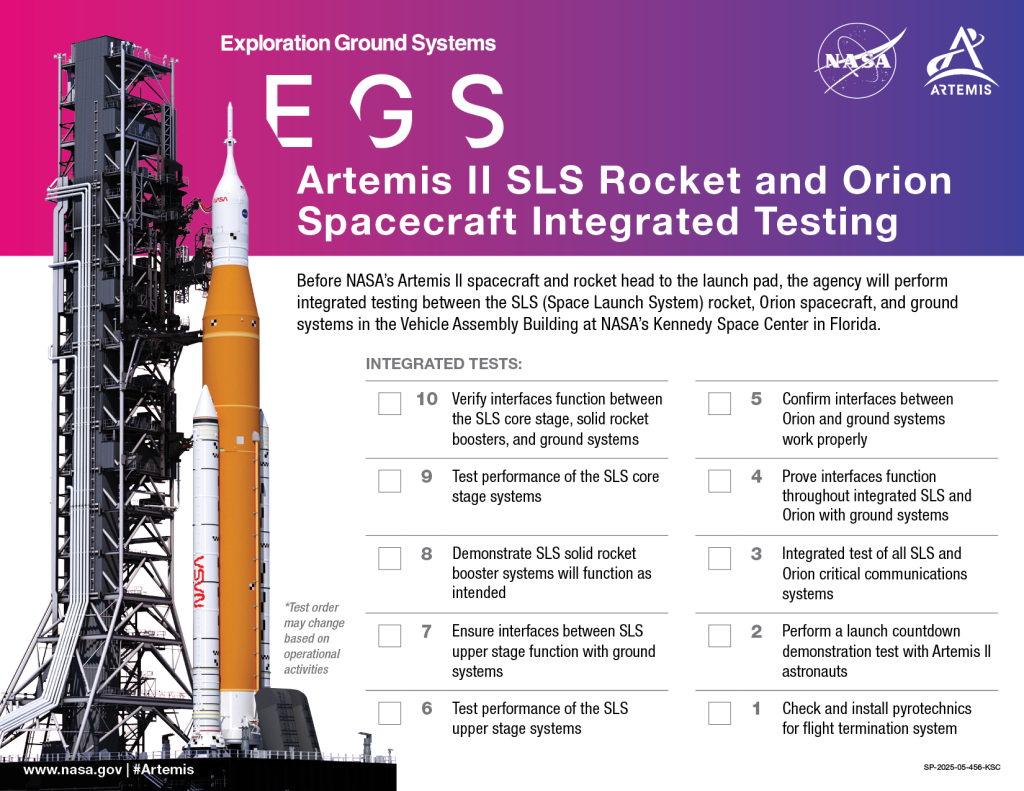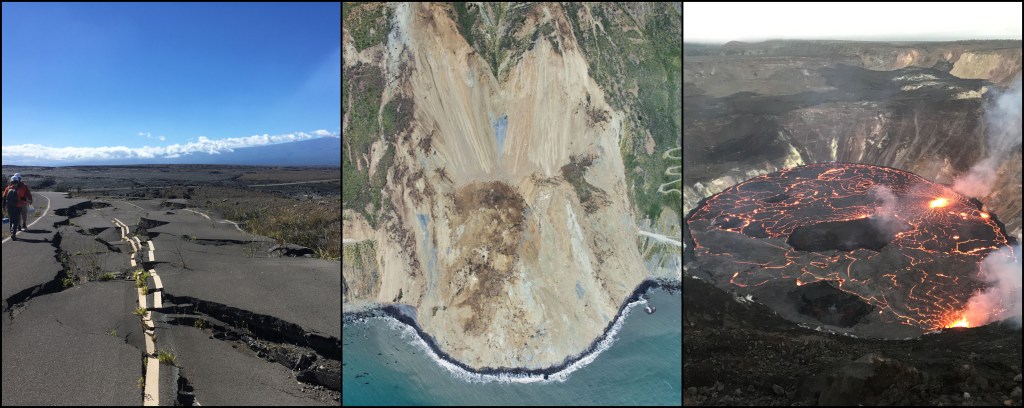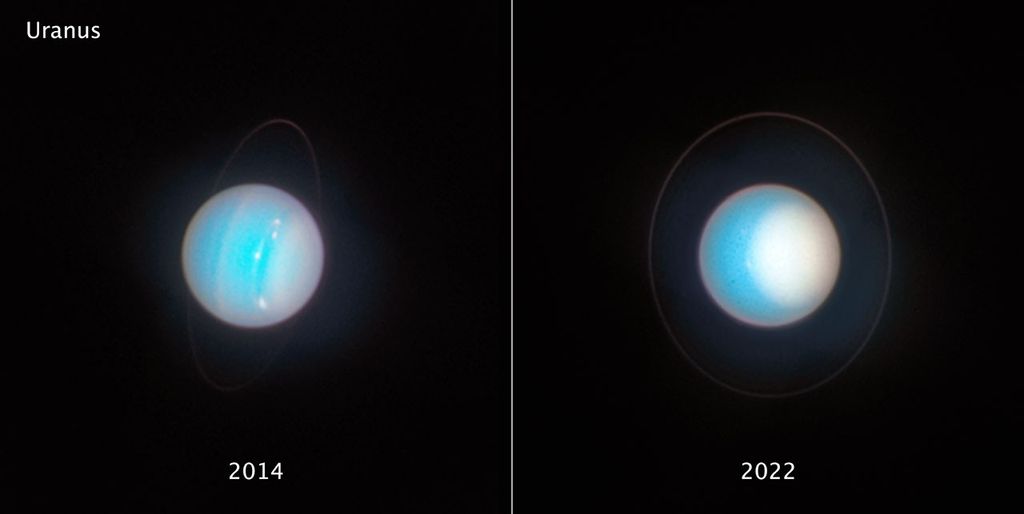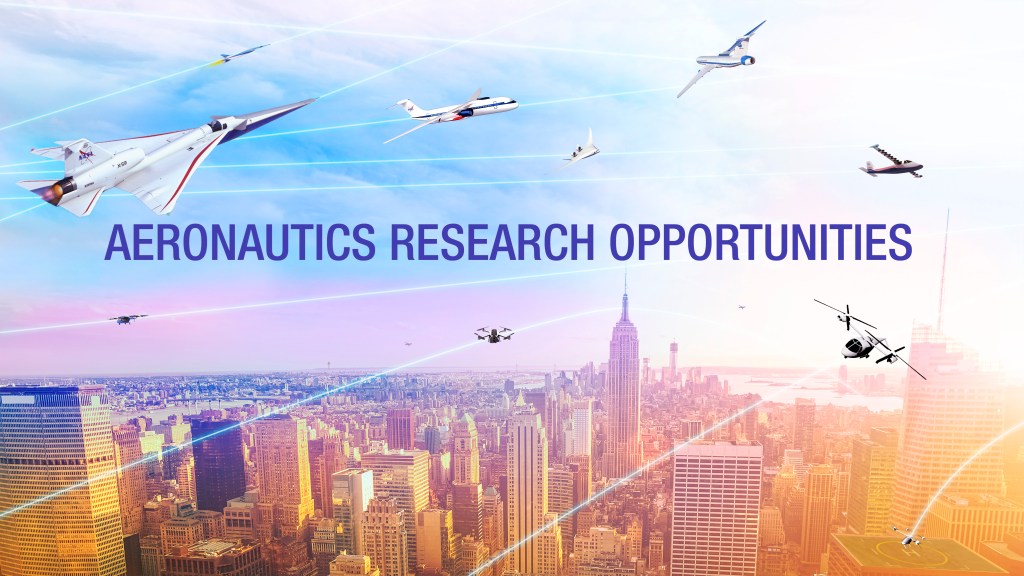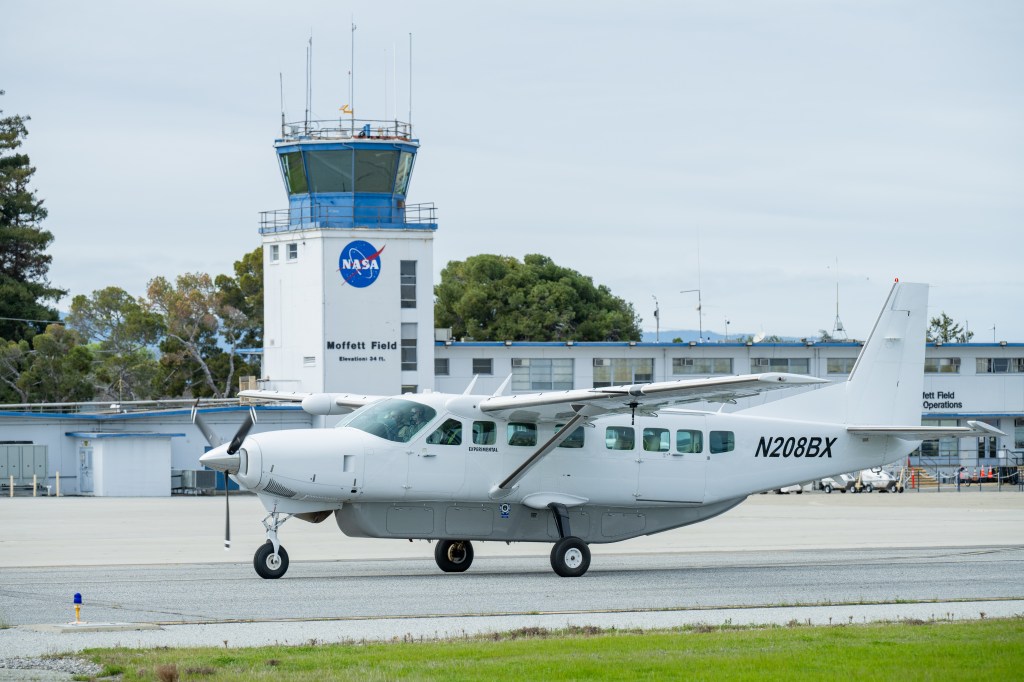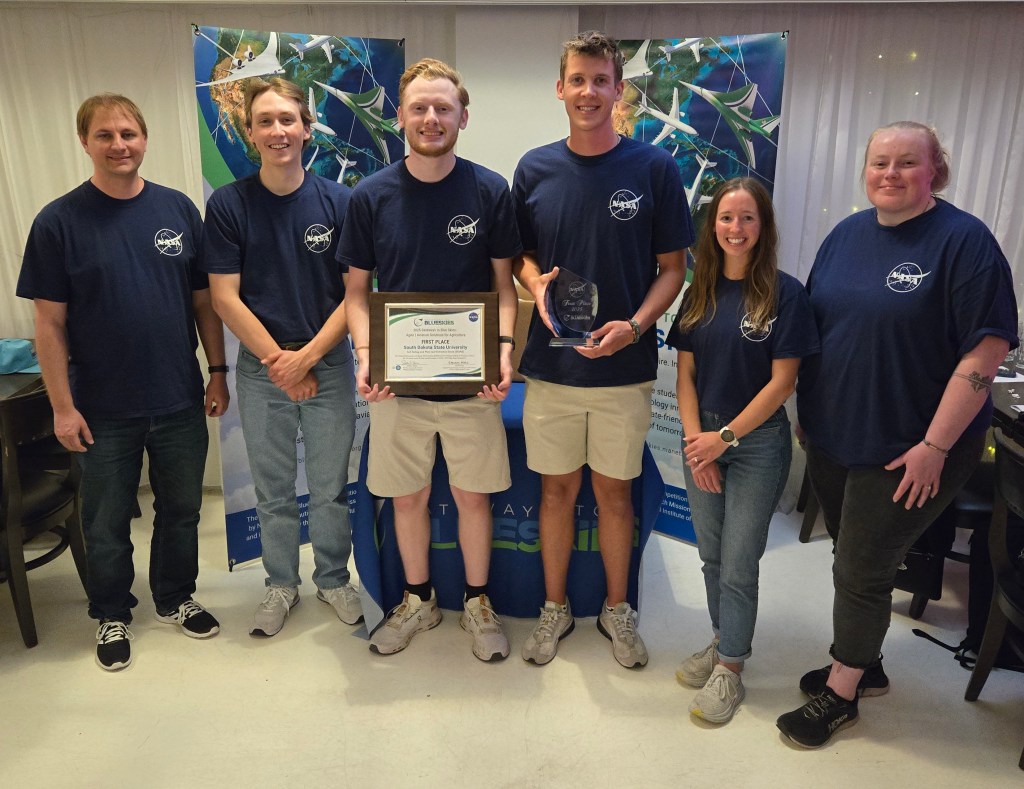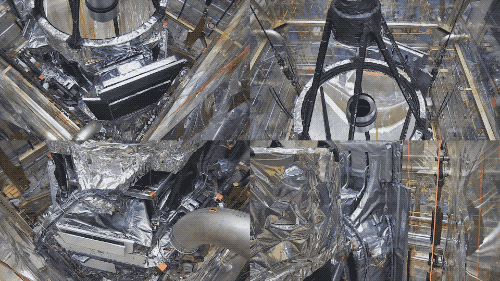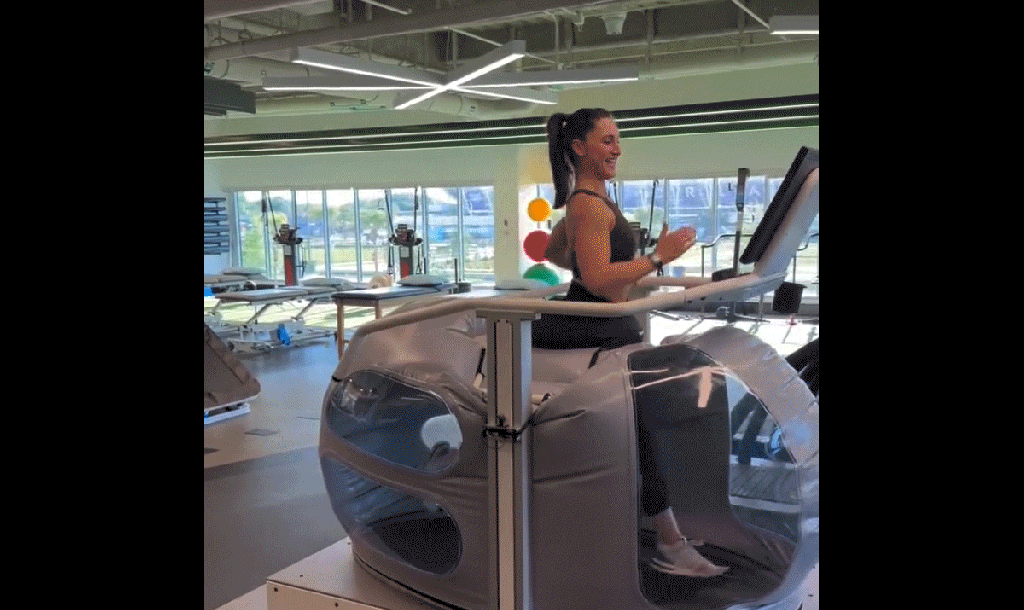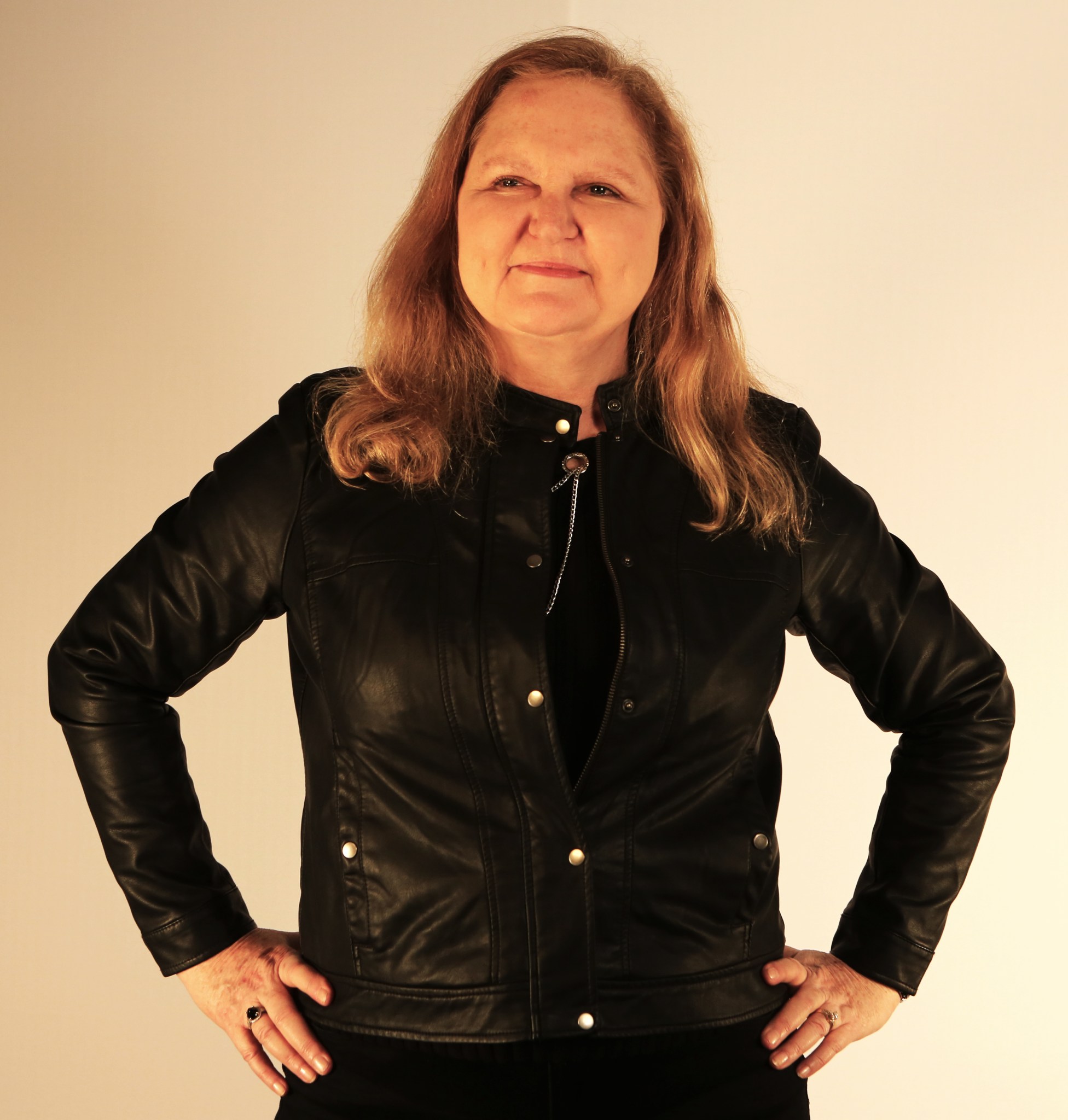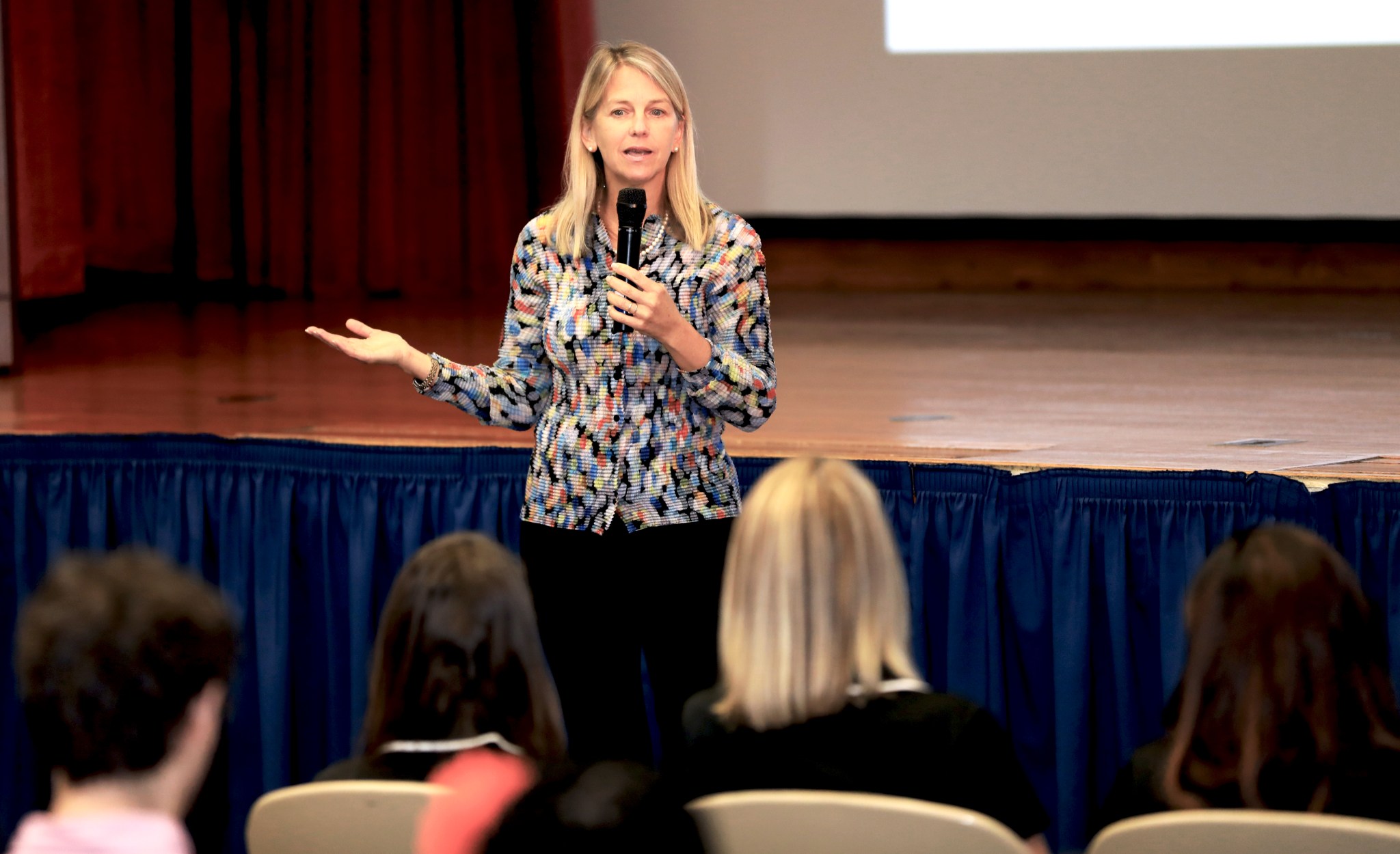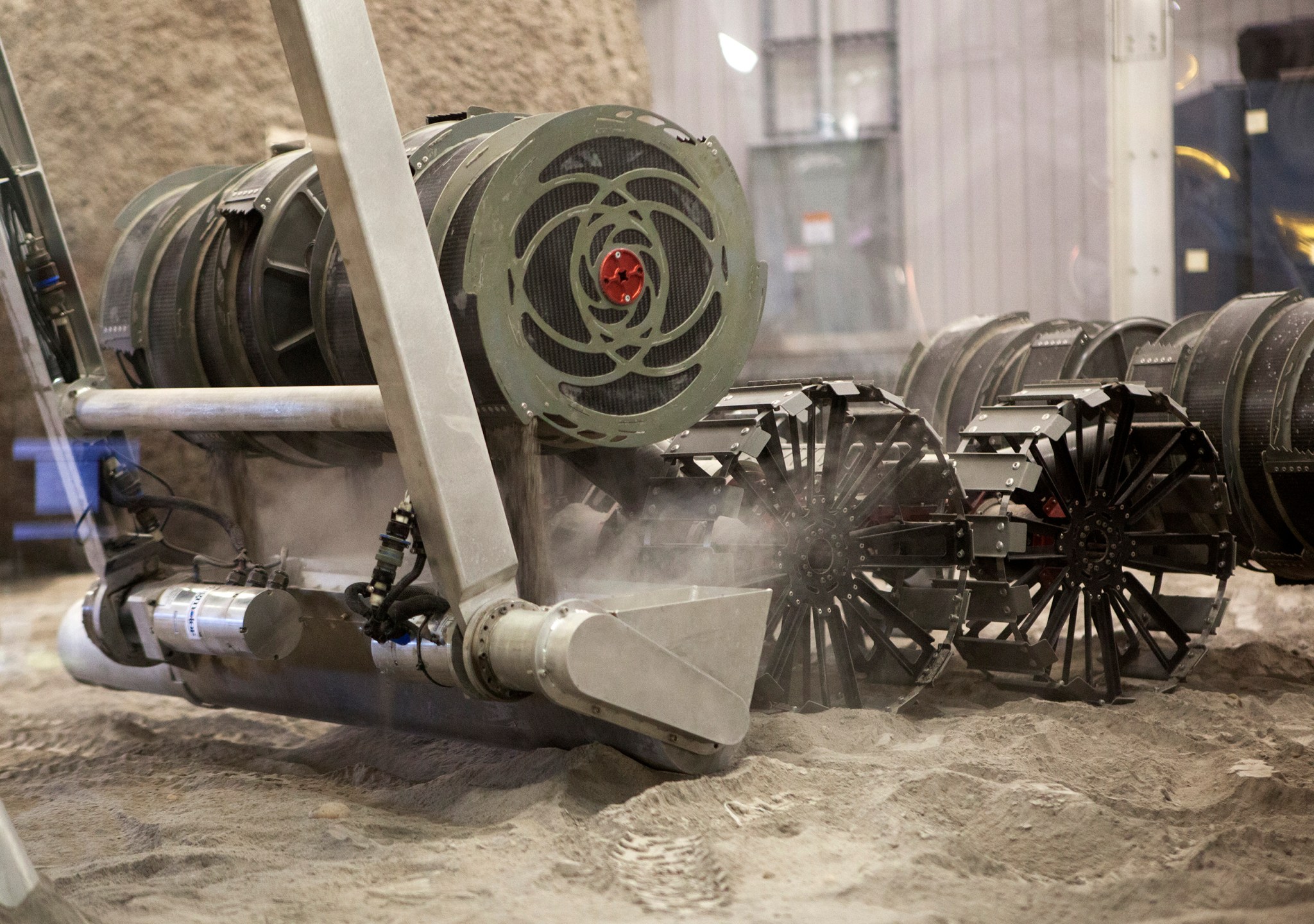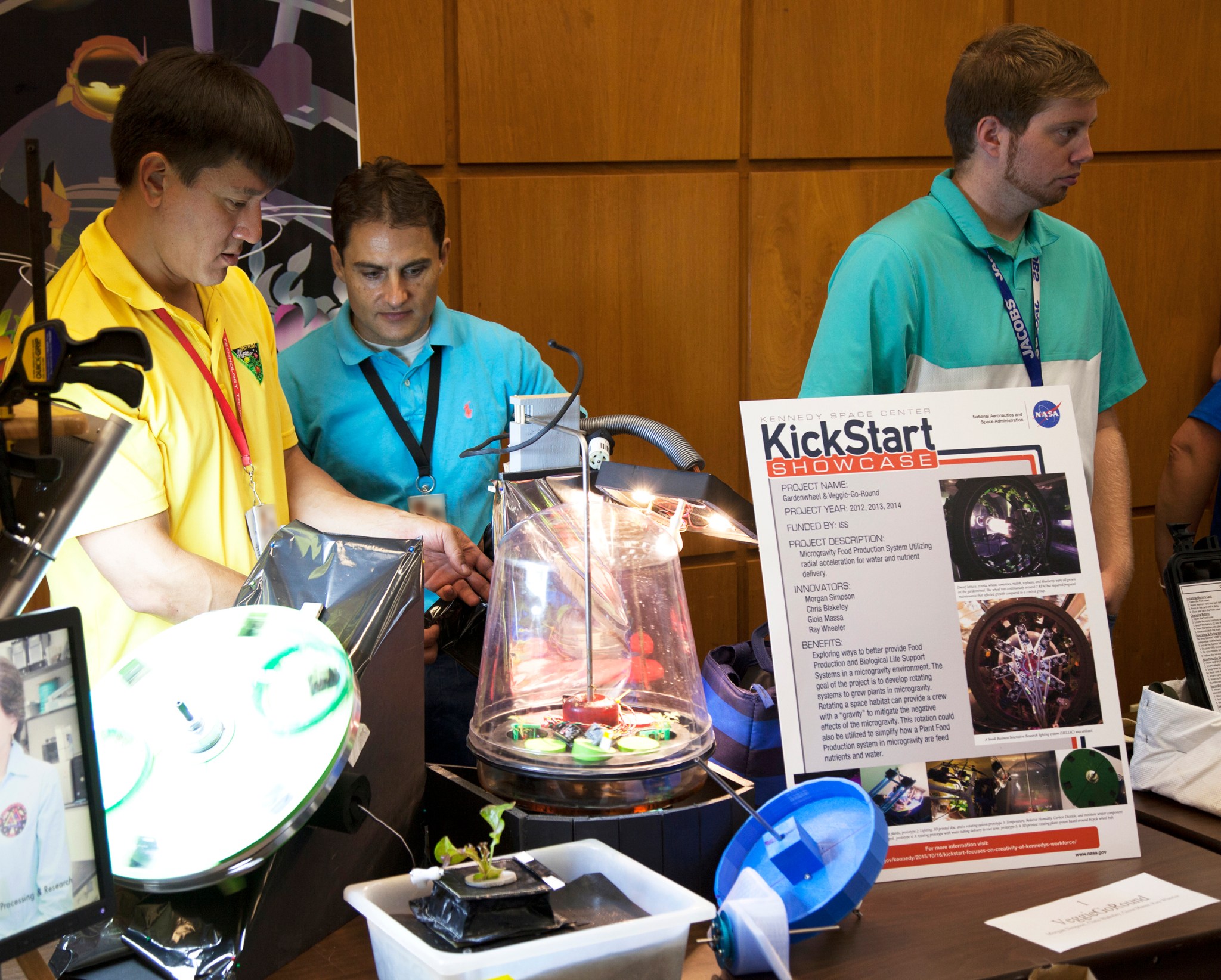By Bob Granath
NASA’s Kennedy Space Center, Florida
Innovation is defined in the dictionary as the act or process of introducing new ideas, devices or methods. For more than five decades, Kennedy Space Center has been the epitome of innovation as technologies have evolved, new destinations have been charted, and the paradigm has shifted in how the agency works with private partners.
For employees at the multi-user spaceport, innovation takes on many different meanings.
“Innovation to me is coming up with a new idea and running with it,” said Raewyn Duvall, a computer engineer in Kennedy’s Spaceport Systems Branch.
“Innovation is how we can help make the government more efficient, how we continue to use technology to make progress in our lives and make the future better for everyone,” said Josh Johnson who works in Kennedy Software Systems in Ground Systems Development and Operations.
According to Kennedy’s chief technologist, Karen Thompson, fostering new initiatives is a job for everyone.
“We want to help our people further their ideas for improvements,” she said. “One way we do that is with the KickStart competition at our Innovation Expo where employees submit innovation concepts and proposals. Those selected are pitched in 90 seconds before an audience and a panel of judges. The program has proved to be a valuable tool to help employees implement their ideas for improving work in all areas at Kennedy.”
Thompson noted KickStart at Kennedy is gaining interest agecnywide.
“Our upcoming agency innovation day on Nov. 1 will include a NASA Innovation KickStart (NIKS) borrowed from our Kennedy event,” she said. “Leaders at the Marshall Space Flight Center in Huntsville, Alabama, are among those at other centers who are looking at what we do here to encourage their employees through a similar event.”
This year there will be two different KickStart competitions on Nov. 1. The first being the Kennedy KickStart and the second a NIKS Live. Each will include a competition of innovation proposals with a small amount of funding awarded to the winners allowing them to procure items needed for their projects. The competition is an opportunity for innovators to receive up to $5,000 in the Kennedy event and up to $10,000 in the agency competition to implement their winning suggestions.
Thompson noted that coming up with new ideas used to begin predominately with one person working “off in a corner.”
“Then we began encouraging small groups from different areas, representing varied disciplines, getting together to brainstorm,” she said. “Kennedy employees have always done a great job working in collaborative teams with one another, as well as with partners from other centers, other agencies, industry and academia. We always encourage employees to look for ways to do their work better and to propose concepts for tackling future mission needs.”
Those innovative efforts led to the formation of Spaceport Innovators. The group has grown to about 500 members who review the way things are done at Kennedy, encouraging groups to come up with new ideas for solving problems and being more efficient and finding innovative methods used by individuals and groups elsewhere.
“Kennedy often collaborates with other NASA centers to draw off their strengths,” Thompson said. “While we are the nation’s premier multi-user spaceport, we may team with the Jet Propulsion Laboratory with expertise in planetary exploration and together develop concepts for future human destinations.”
Those at the Florida spaceport also have been sought out for ideas for improvements.
“Owners of payloads to be launched here frequently seek advice from our experts,” said Thompson.
While innovation is frequently viewed as developing new technology, Thompson explains it is much more.
“It can be about new processes,” she said. “It can also be about developing ways for cost savings.”
In recent years, Kennedy’s Swamp Works has focused on that approach. The laboratory has used “lean management” concepts to develop exploration mission solutions while taking advantage of partnerships across NASA.
The lean management approach for research and technology (R&T) is designed to build a little, then test a little, then immediately apply what is learned to quickly incorporate into the R&T project to achieve successful theology development much quicker than when using more traditional methods. Such a management approach also provides an organization with continuous improvement, a long-term approach to systematically look for ways to achieve small, incremental changes in processes that improve efficiency and quality.
Thompson noted that a robot called RASSOR, for Regolith Advanced Surface Systems Operations Robot, is an example of the developments of the scientists and engineers at the Swamp Works.
“The robot is designed to mine regolith on a planetary body such as Mars,” she said. “That mining will allow us to collect loose surface soil that can be processed to create water, hydrogen and oxygen, while also cleaning areas for launch and landing pads.”
But the efforts in developing RASSOR will go beyond its original design.
“The technology concepts we are developing now will help in designing the next generation of robots,” Thompson said.
Morgan Simpson of the Environmental and Life Support Systems Branch of Kennedy Engineering is working on another innovation — a way to grow plants in microgravity during long spaceflights using a rotating wheel.
“Our project is called VeggieGoRound,” he said. “It will create artificial gravity to improve processes to provide water and oxygen to plants’ root systems.”
In encouraging innovation for future projects, Kennedy managers do not want employees to be afraid of setbacks.
“Throughout the agency, for low technology readiness level projects, we encourage pushing the technology ‘envelope’ and working on the cutting edge,” Thompson said.
Failure is not an option during a mission. However, during the early phases of research and development, Thompson believes setbacks are part of the learning process.
“If you never have a technology failure on an early research project now and then, you may not be pushing the ‘envelope’ far enough,” she said. “Employees are always encouraged to step up and suggest ways to work better and improve all areas of work here at Kennedy.”







